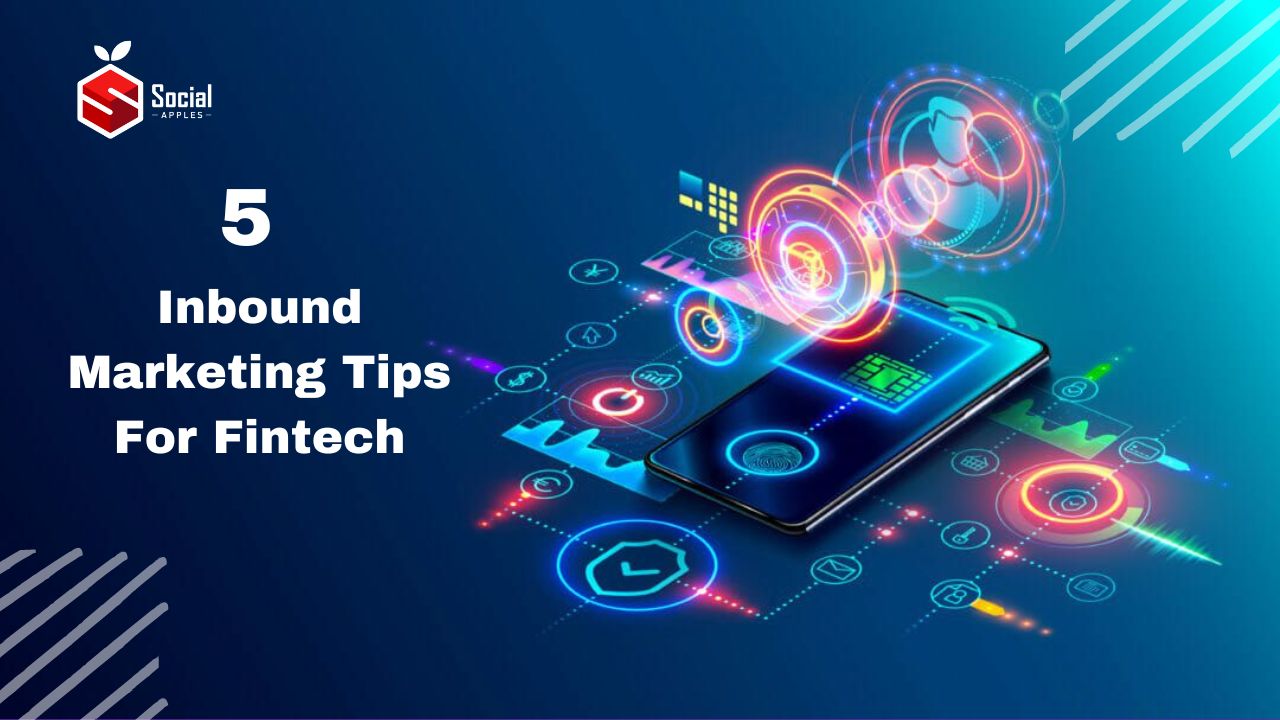Financial services companies for decades have found it challenging to break into the industry. Now, however, fintech has led to a major shakeup in the industry. Startups and innovative financial companies with an emphasis on a tech-first approach are finding ways to edge out the old guard.
During the pandemic, consumers changing their habits also led to more growth in fintech. For example, the use of banking and payment apps was up by 26% globally. Sessions went up by 49%, and investment apps reported 88% growth in daily sessions.

That then meant more competition among tech-driven financial companies. With that increased competition comes the need for creative approaches to marketing as a key differentiator.
Below we discuss important inbound marketing tips and things to know for fintech startups and businesses.
Contents
1. The Human Element
Fintech, since it is driven first and foremost by technology, tends to leave out an important component of marketing—the human element. Yes, your technology is front and center, but people don’t necessarily crave technology. Rather, what they want is a technology that is going to make their life better and easier.
In your marketing, you can begin to tap into the human element by showing exactly what your technology is going to do for your customer and how it will fit into their lives.
You also want to try and build personal connections, as well as a sense of trust. Rather than coming out of the gate and focusing on how your solution is better than the others, your marketing should begin by establishing a sense of trust.
2. Driven By a Sense of Purpose
To set yourself apart, and also as an indirect element of focusing on humans in your fintech marketing, you want to make sure you’re purpose driven. Purpose-driven companies grow on average three times faster than their competitors. These companies also report higher levels of employee and customer satisfaction.
When you’re a brand leading by purpose, according to Deloitte Insights, you’ll achieve consistency, relevancy, and a sense of loyalty.
This can be particularly important in the fintech industry, where customers may not see much of a difference in product offerings, so purpose becomes a differentiating and deciding factor.
When customers align their marketing with what their targeted customers value, it does make a difference.
Deloitte, based on consumer studies, finds that things in particular that make the most of a difference include how brands treat people, which includes their employees, how they treat the environment, and how they support their stakeholders and community.
3. Content Creation
Content marketing is going to remain one of your biggest strengths if you lean into it. B2B buyers are at a point where they’re discerning enough to entirely tune out messaging that’s only oriented towards sales. They’re going to do their research before they engage with your brand, and you can guide their perception during that research with content creation.
For B2B marketing, the most successful factors include content that can provide value to prospects and customers and making sure you’re delivering a constant stream of fresh, new content. When you have fresh content, it’s going to help your SEO and your online traffic. Then, your content is also giving value, and that value is building trust.
Don’t forget about content distribution here, either. Also, check out “Money is waiting for you” Claim Balance PayPal: What Does it Mean?
You want to not just create great content but also get it in front of the right people. Distribution channels include email, social media, your blog, guest posting, and virtual events.
It’s a good idea with your content distribution to have a mix of both paid and organic marketing.
4. Understand the Customer Lifecycle
If you’re a financial company, you have a unique opportunity to attract long-term clients, and throughout the relationship, you also have chances to upsell them or deal with their changing financial needs.
Your external marketing is about getting new customers, but your inbound marketing can also reach customers throughout their lifecycle. For example, maybe you create content specifically addressing their needs in their lifecycle. You want to nurture clients well beyond the post-conversion period.
5. Personalized Customer Journeys
Finally, if you’re a fintech company and you want to have successful marketing strategies, remember that you shouldn’t create universal marketing. You can’t create a single piece of content that’s going to appeal to everyone.
You want to make sure that you’re developing content and marketing materials that are speaking to customers wherever they are in their journey.
You can nurture customers at each stage once you understand their path.













